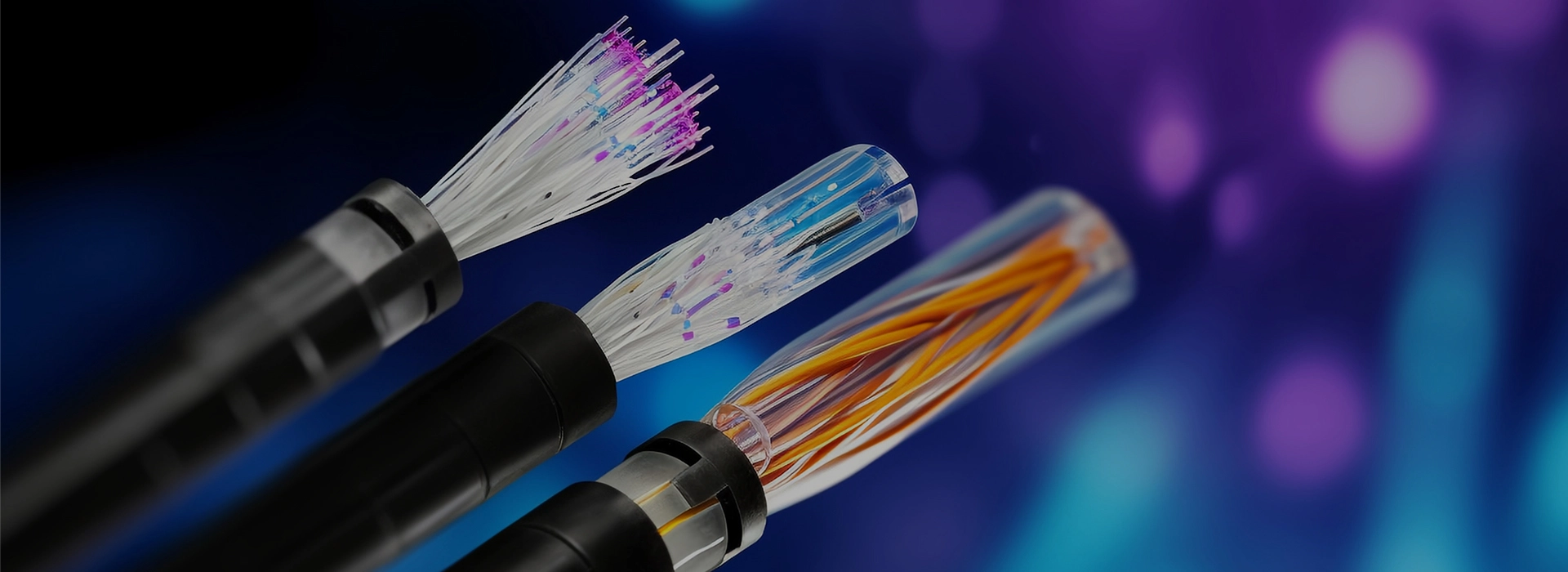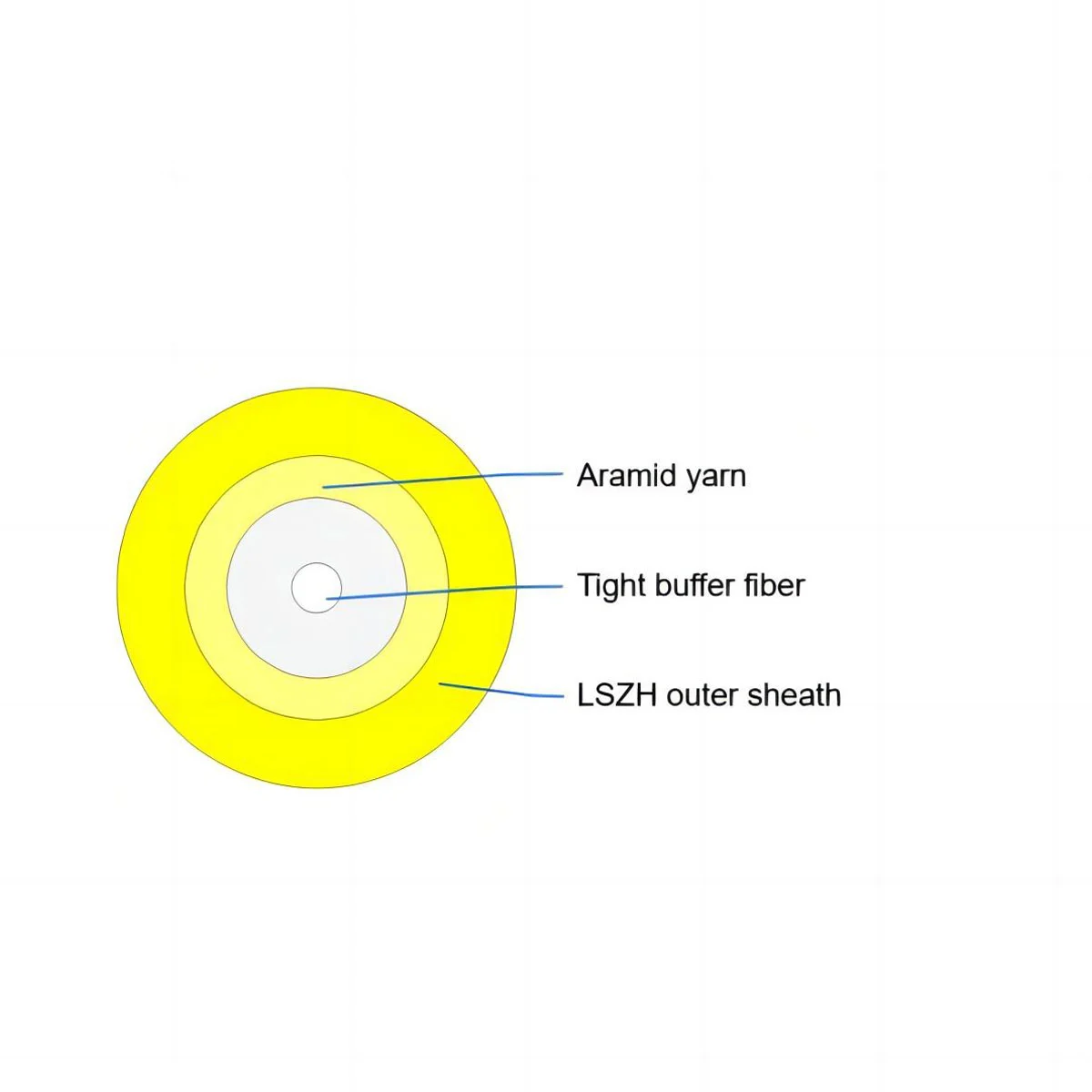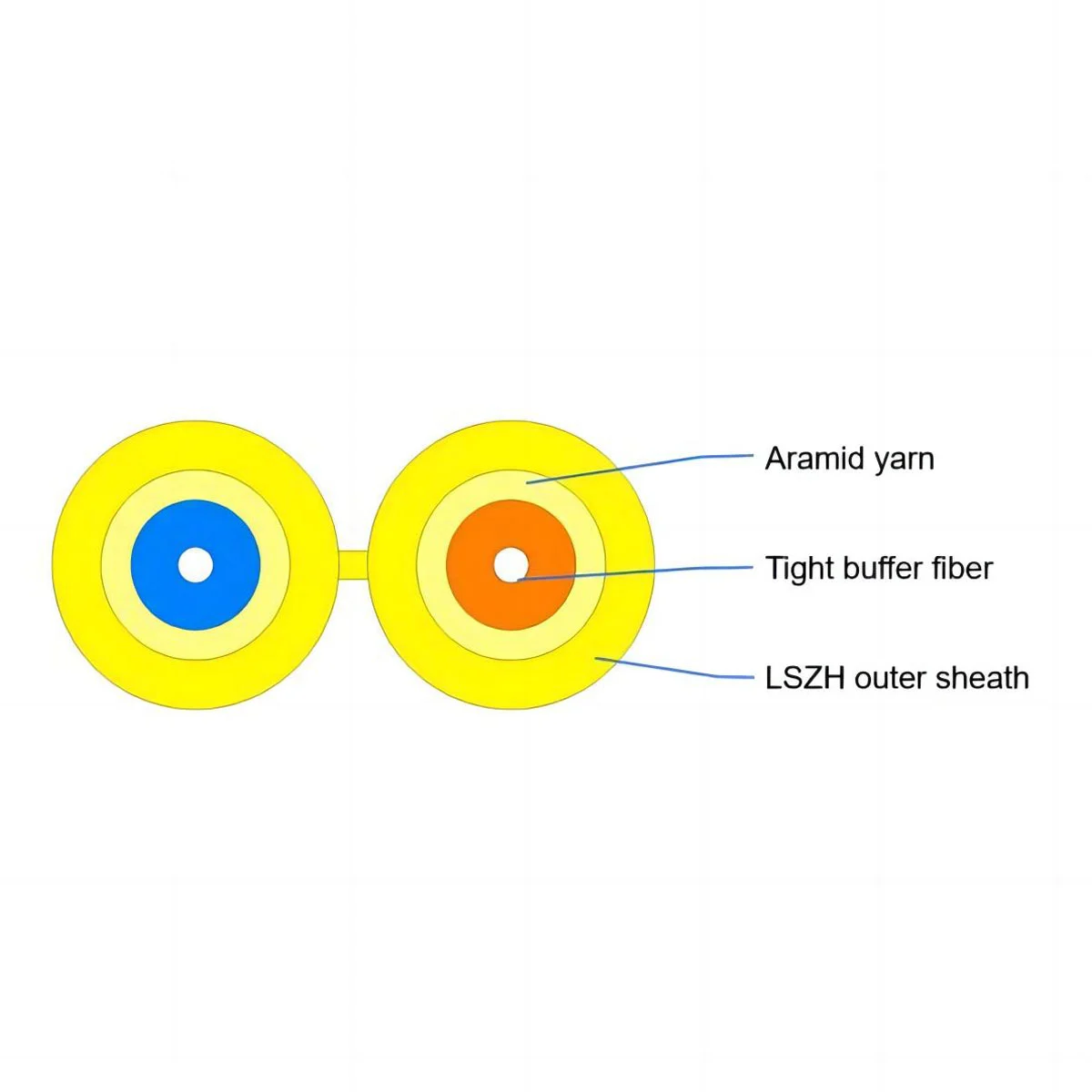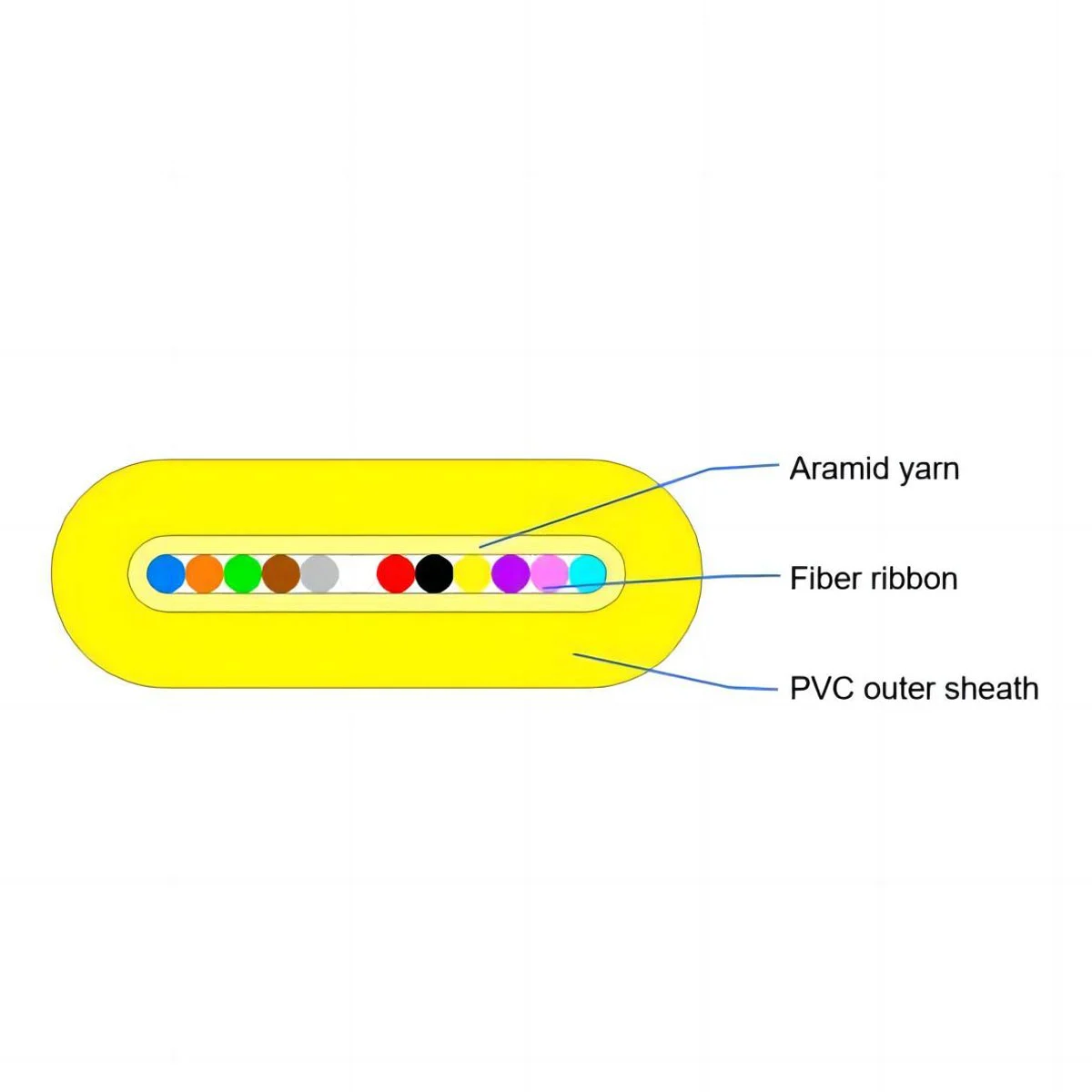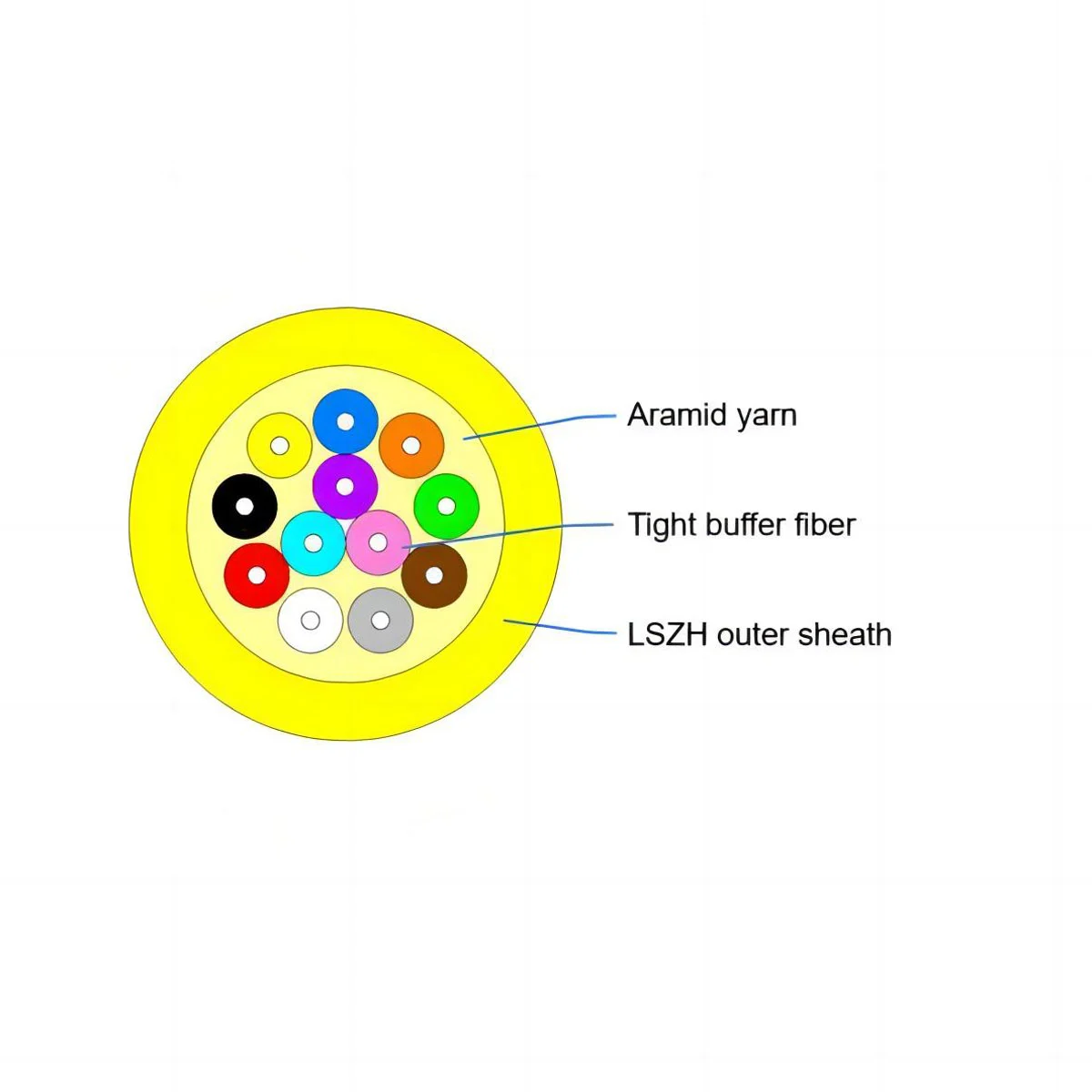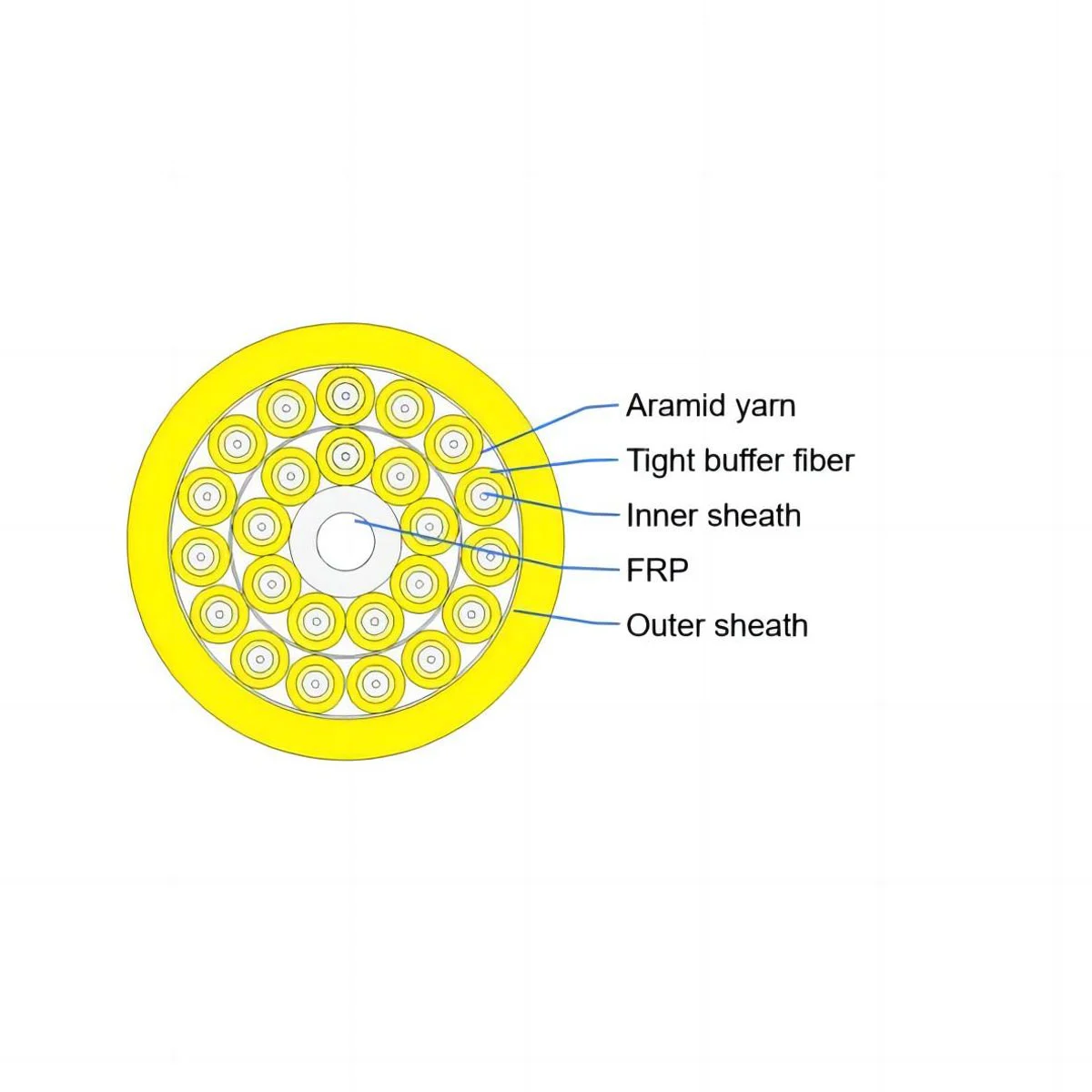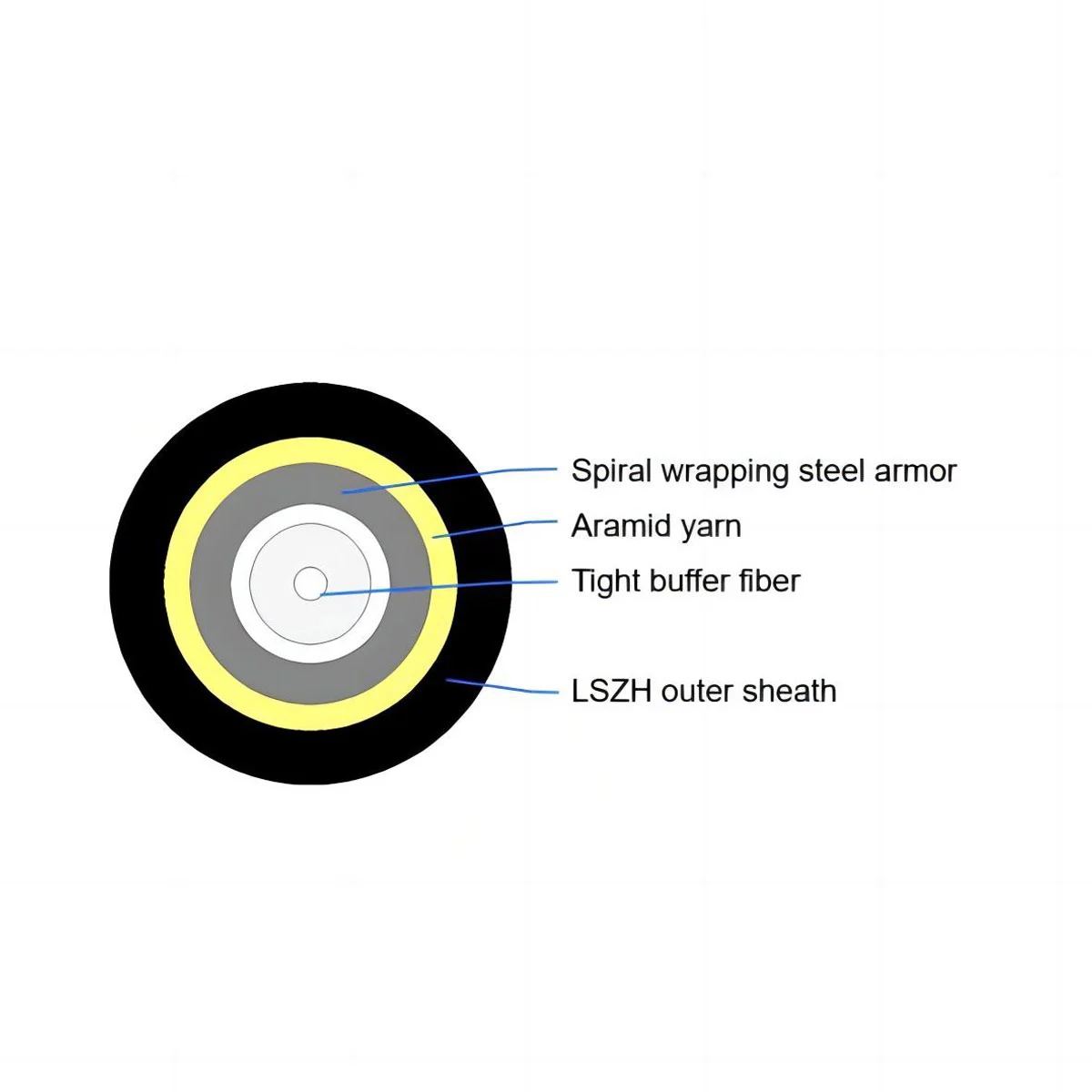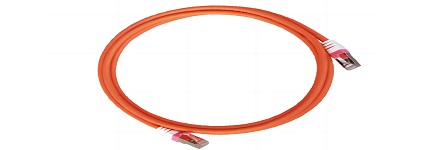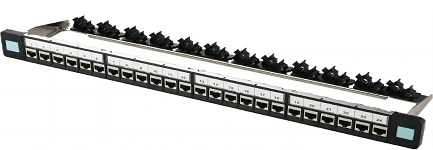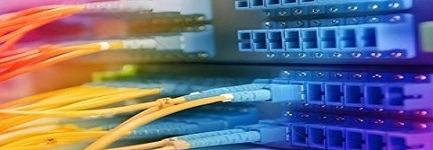Indoor cables are essential components for modern building infrastructure, providing high-speed data transmission and reliable connectivity for various applications. These cables are designed to meet the specific requirements of indoor environments, including flexibility, ease of installation, and compliance with building codes and safety standards.
Performance Characteristics of Indoor Cables for Wiring in Buildings
1.High-Speed Data Transmission:
1)Capable of supporting high-bandwidth applications such as internet connectivity, video conferencing, and data center operations.
2)Low signal attenuation ensures reliable and efficient data transfer over long distances within buildings.
2.Flexibility and Durability:
1)Designed to be flexible, allowing for easy routing through walls, ceilings, and tight spaces.
2)Constructed with durable materials to withstand physical stress and environmental factors typical of indoor settings.
3.Compliance with Safety Standards:
Manufactured to meet fire safety and building code requirements, including flame retardancy and low smoke emission.
Application of Indoor Cables for Wiring in Buildings
1.Residential Buildings:
Provides high-speed internet connectivity and supports smart home devices.
2.Commercial Buildings:
Supports internal network infrastructure, connecting workstations, servers, and other network devices.
3.Data Centers:
Facilitates high-density cabling and efficient data transfer between servers, storage devices, and networking equipment.
4.Educational Institutions:
Provides robust network connectivity for classrooms, labs, and administrative offices.
5.Healthcare Facilities:
Ensures reliable data transmission for medical imaging, patient records, and telemedicine applications.



